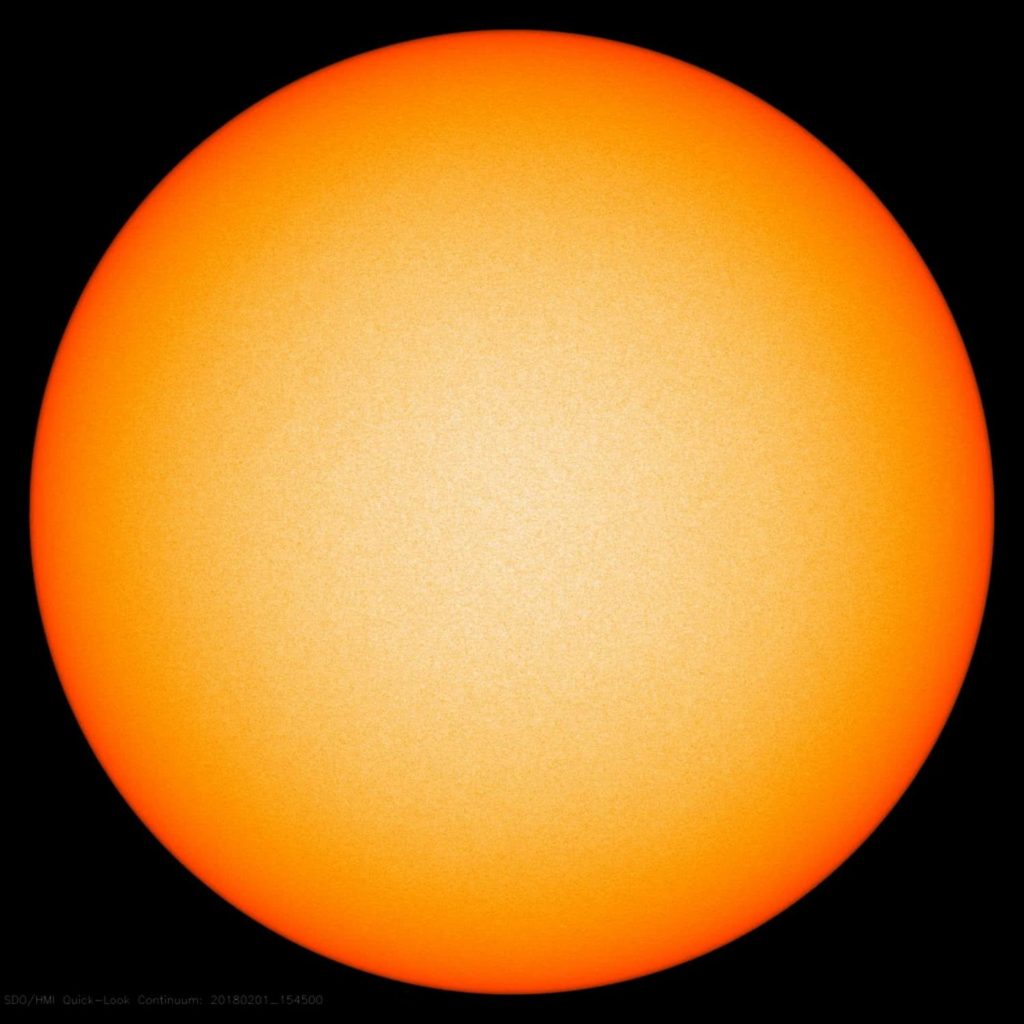NASA, in one of their blog post published on June 27, 2017, said – “Solar Minimum is Coming“. And now, according to SpaceWeather.com – Solar Minimum is underway because there have been 100 days already without sunspots. To understand this spotlessness of the sun which is now termed as Solar Recession 2020 we need to be familiarized with what is called the solar cycle of the Sun. Later in the article, we will make you understand the solar minimum and how does solar minimum affect the weather? and What would be its impact on our lifestyle?
What Is Solar Cycle?
Solar Cycle is a general term for the magnetic activities that takes place in a periodic manner on the solar surface. The period of the solar cycle is, on average, 11 years. Sun’s activities on its surface are measured in terms of the changes in observed sunspots. The observation of sunspots started in the 17th century and it’s been more than 400 years of continued observation that makes ‘sunspots’ the longest and continuously recorded time series of any natural phenomena.
The 11 years period of the Solar cycle is identified by two extremes called solar minimum and solar maximum. The solar cycle spans from one solar minimum to the next.
Samuel Heinrich Schwabe, a German astronomer, is credited for the discovery of solar cycle through 17 years observations of sunspots.
What is The Current Solar Activity?
With the approaching solar minimum, it can be assumed as the beginning of the new solar cycle. As of 2020, we are in a transition phase from solar cycle 24 to solar cycle 25. And with the end of this year, we would probably be entering into solar cycle 25.
What Are Sunspots?
Generally referred to as storms on the solar surface, sunspots are speckles on the surface of the sun. Sunspots appear as a temporary phenomenon on the lowest layer of the sun’s atmosphere which is called the photosphere. Sunspots are darker and cooler regions in the photosphere. Sunspots are caused by the intense magnetic field of the sun and they happen to appear in a pair of opposite magnetic polarity. Sunspots cause many magnetically driven solar phenomena including solar flares and Coronal Mass Ejections (CMEs) on the sun.
Suggested Reading From Current Events In Science and Technology –
- Atmospheric Waves Experiment (AWE)
- Artemis Mission of NASA – A Journey To The Moon and Beyond
- SpaceX Crew Dragon Demo-2 Mission
- ISRO Gets Patent For Manufacturing Moon Soil
Solar minimum and solar maximum are two extremes of the solar cycle associated with least and greatest solar activities respectively. During the solar maximum sun’s magnetic field rotates faster at the solar equator compared to its pace at the solar poles. Large solar flares and coronal mass ejections occur at the time of solar maximum. During solar minimum, all the solar activities subside.
How Does a Solar Cycle Affect the Weather?
Sun being the center of our solar system affects all the planets and so the Earth. There are multiple effects of magnetic activities on the sun.
- Sun massively affects carbon dioxide levels, the Pacific El Niño pattern, volcanic eruptions and hence changes the global temperature of Earth.
- Repeated activities of the solar cycle give rise to some permanent changes in the weather of earth. This ultimately affects its climate.
- Galactic cosmic rays coming from the sun are very hazardous for astronauts.
- Not just humans but the technological equipment deployed out of the earth’s atmosphere are majorly affected by solar activities. These may include our satellites, GPS system, and other equipment.
Suggested Reading
- International Solar Alliance (ISA) – All You Need To Know
- Standard Model of Particle Physics – Explained
- What is matter? – Definition and Characteristics
Solar Recession 2020 – Conclusion
With the reduced number of sunspots for a long time, we are heading towards the sun recession period. This will not affect us much because this is part of the solar cycle. Some changes may arise if this solar minimum turns out to be a grand solar minimum which means – lesser than average solar activities for decades or centuries.
